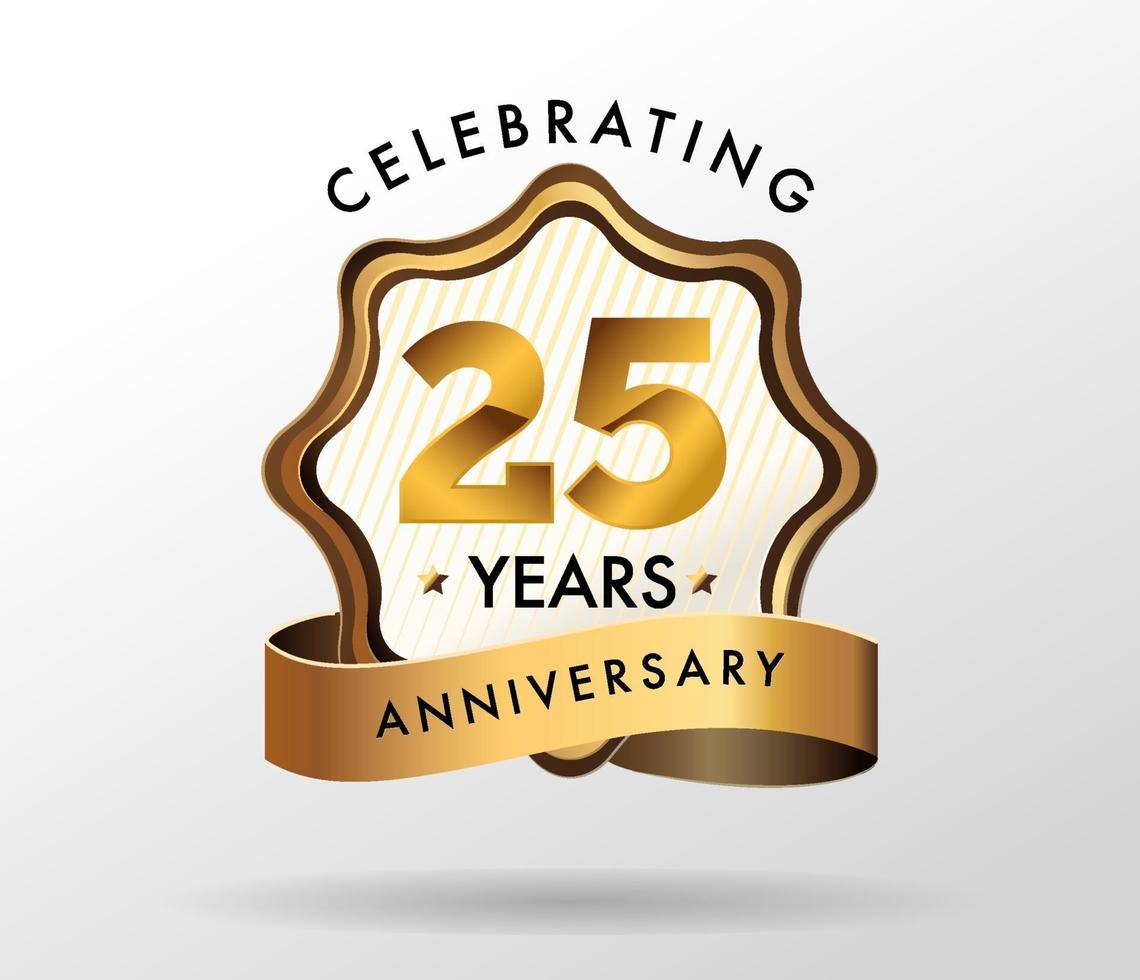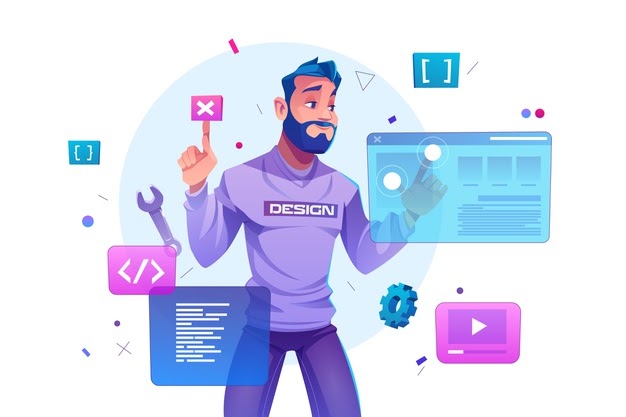Have you ever visited a website you really loved? It was quick, had the right color scheme, a nice layout, and made the overall experience an enjoyable one. We’ve all visited at least one good website throughout our time online. However, have you ever visited a really bad website? Most likely, you might’ve encountered a slow loading site with an outdated interface filled with blocks of text.
What’s the main factor of these two types of sites? Two words— web design.
Despite its name, web design is much more than what a site looks like. Web design does refer to the design of websites but it focuses more on user experience. The goal of good web design is to make the user experience as seamless and enjoyable as possible.
Combined with SEO, web design can become the ultimate tool to help you and your business increase traffic and boost your conversion rates. Although incorporating web design and SEO isn’t an instant job, when done right, it can impact your business greatly.
In this article, we’re going to break down five web design tips you can use to boost your website’s SEO.
-
Make it mobile-friendly
If you’re familiar with SEO, you might recognize that having a mobile-friendly website is a must. It’s super important these days since most web traffic comes from mobile devices alone. If you haven’t made your site mobile-friendly yet, you’re a few years behind and you should take the time to do so.
Google made mobile-friendliness a ranking factor back in 2015. So, to have a website that’s not mobile-friendly in this day and age is pretty much a crime against SEO. Not to mention, a lack of mobile-friendly elements in your site can increase your bounce rates.
-
Make sure people can read text easily
No one wants to spend time on a site that’s hard to read. Poor web design can impact how your content is presented. May it be the small text, bad layout, or just strange placement, it can affect your SEO.
When creating content and publishing it on your site, think of the visitors. What will make it easier for them to view your site? This is a chance for you to utilize white space, different fonts, and larger text sizes to accommodate your visitors. A simple change in design can boost your SEO drastically.
-
Speed is key
A laggy website is never fun. We’ve experienced it before and when we visit a laggy site, we always close it faster than it loads. Take some time to check how your site loads. If it’s slow, chances are that it could be due to bad web design.
Speed up your site by optimizing images, getting rid of unnecessary plugins, and allowing browser caching. Ideally, your site should load in two seconds. Any longer than that, then it’s an issue. The speed of your site doesn’t just matter to visitors. It also matters to Google. The longer it takes to load, the less pages Google will crawl and less chances you have for ranking on the search results.
-
Simple website architecture
Simple website architecture is another thing you should have. In general, website architecture may sound scary and complicated but it’s not as complex as you think. It simply means how the pages on your site are linked together.
Think of it as a family tree. In conclusion, you want to keep your site architecture simple so Google can crawl your site with ease. So, you want to focus on making Google’s job for crawling your site easier.
-
Use subheaders
Reading blocks and blocks of text is not a good start when it comes to SEO. The truth is, it’s a dread to read long paragraphs since we can’t see the end and the beginning of the sentences. How can you make reading your site easier?
We think subheaders do a great job at separating blocks of text and emphasizing important points. Although Google is super smart, reading a lot of content mushed together can affect its ability to crawl your site. So, make sure you’re using subheaders correctly and effectively.
Wrap Up
Web design and SEO go hand in hand when it comes to boosting your site’s conversion rates and improving your business. From what we discussed in the article, the main points to having excellent web design for SEO begins with knowledge about what factors affect SEO such as mobile friendliness, site speed, and readability.
Once you’ve got the basics covered, you can create a web design for your site that’ll be sure to drive traffic and help Google crawl your pages easily. All in all, you need to be aware of how Google works in terms of crawling and ranking sites.
Now that you have a rough idea of what to do, it’s time to assess your site and see what it needs.
Author Bio
Andre Oentoro is the founder of Breadnbeyond, an award winning explainer video company. He helps business increase conversion rates, close more sales, and get positive ROI from explainer videos (in that order).
Twitter: @breadnbeyond
Email: andre@breadnbeyond.com
LinkedIn: Andre Oentoro
Image by Upklyak on Freepik





